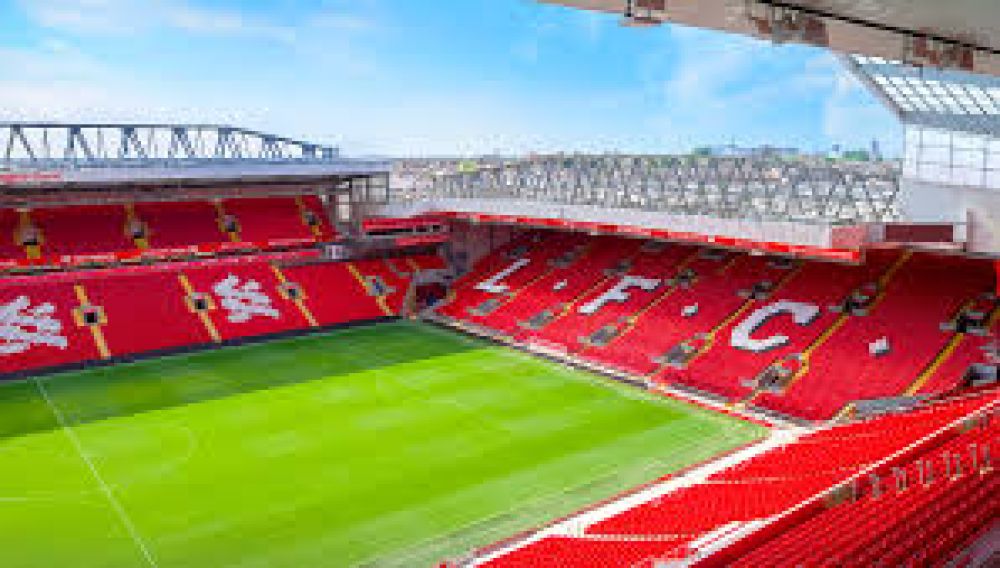

Anfield Stadium is not only a football stadium but an iconic symbol of Liverpool FC's rich history and legacy. From its inception in 1884, Anfield was originally occupied by Everton FC until a dispute led to their relocation and the formation of Liverpool Football Club in 1892. Since then, it has been the home of Liverpool FC and has witnessed countless historic moments in football.
Tourism History at Anfield
Anfield became a tourist attraction not long after Liverpool FC rose to prominence, especially during the 1960s and 1970s under the management of Bill Shankly and Bob Paisley. Fans from across the world started to visit the stadium, intent on watching the famous 'reds' and experiencing the unique atmosphere of the Kop stand.
In addition to match days, Anfield started offering stadium tours, giving fans the opportunity to go behind the scenes, visit the Liverpool FC Museum, and get a sense of the club's illustrious history. Over the years, these tours have evolved to include player's dressing rooms, the press box, and the Anfield tunnel's iconic 'This Is Anfield' sign, which many football legends have touched for good luck before stepping onto the pitch.
Latest Tourism Trends at Anfield
In recent years, the rise of 'experiential' tourism has seen an increase in interactive and immersive experiences at Anfield. The use of Virtual Reality (VR) technology and augmented reality in museums, including The Liverpool FC Story, has enhanced visitor engagement, allowing them to relive classic matches and moments in football history.
Anfield has also expanded its offerings to include dining experiences in the Boot Room Sports Cafe, and events such as weddings and conferences, which has broadened its appeal beyond football enthusiasts.
The development of the Anfield Road stand, set to increase the stadium's capacity, is a clear indicator of Liverpool FC's commitment to growth and the anticipated increase in tourism. Moreover, the ongoing regeneration of the Anfield area aims to provide better amenities and experiences for visitors, contributing to the local economy.
Impact on the Local Economy
Tourism at Anfield Stadium significantly contributes to Liverpool's local economy, with visitors spending on tours, merchandise, food, and accommodation. This influx of visitors supports local businesses and has led to job creation within the city.
Fans often extend their stay to explore other historical and cultural attractions in Liverpool, like the Beatles Story, Albert Dock, and the city’s UNESCO-listed waterfront, thereby cementing the entire city's status as a premier tourism destination.
Overall, Anfield Stadium remains a cornerstone of Liverpool's tourism scene, attracting visitors from around the globe eager to soak up the history and culture of one of England's most storied football clubs.